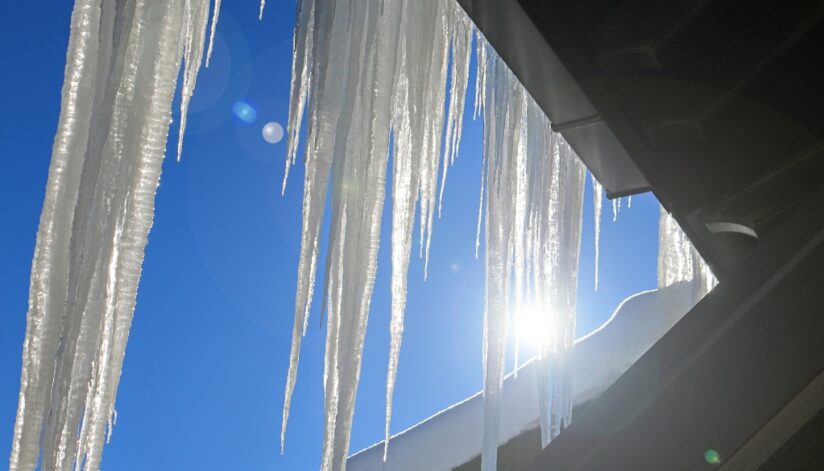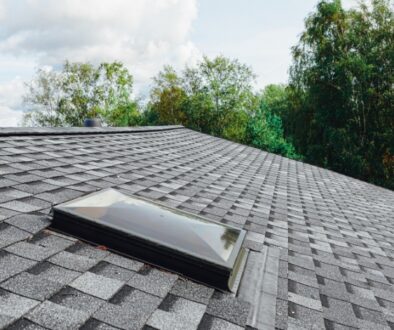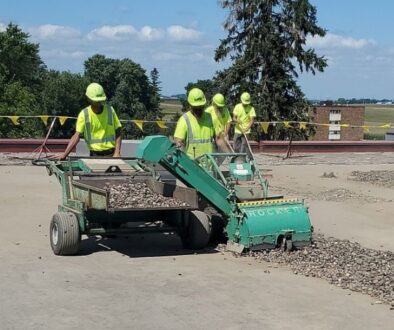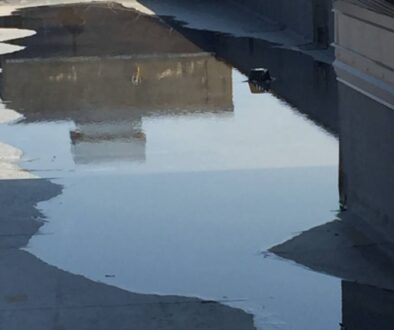How To Prevent Roof Leaks During The Freeze-Thaw Cycle
The freeze-thaw cycle is almost inevitable during Wisconsin winters, and it’s commonly a culprit of roof leaks and water damage. As temperatures fluctuate between freezing and thawing, your roof becomes vulnerable to several issues that can lead to costly repairs. Ledegar Roofing is here to help you understand how to protect your roof during this cycle and prevent roof leaks, and help keep your home safe and dry throughout the winter months.
What Is The Freeze-Thaw Cycle?
The freeze-thaw cycle occurs when temperatures drop below freezing at night and rise above freezing during the day. This causes snow and ice on your roof to melt and refreeze repeatedly. While this might sound harmless, the process can create significant problems for your roof over time.
How The Freeze-Thaw Cycle Affects Your Roof
- Ice Dams
- What Happens: Snow melts from the warmer parts of your roof and refreezes at the edges, forming ice dams.
- The Problem: Ice dams block water from draining properly, causing it to back up under shingles and leak into your home.
- Cracked or Damaged Shingles
- What Happens: Water from melting snow seeps into small cracks or gaps in your shingles and freezes overnight, expanding and worsening the damage.
- The Problem: This repeated freezing and thawing can lead to cracked, curling, or missing shingles, leaving your roof exposed.
- Clogged Gutters
- What Happens: Debris in gutters traps water, which freezes and expands, potentially damaging the gutter system and roof edge.
- The Problem: Clogged gutters prevent proper drainage, increasing the risk of leaks and water pooling on your roof.
Tips To Prevent Roof Leaks During The Freeze-Thaw Cycle
- Ensure Proper Insulation And Ventilation
- Why It Helps: A well-insulated attic prevents warm air from escaping and melting the snow on your roof, reducing the risk of ice dams.
- What to Do: Check your attic’s insulation levels and ensure proper ventilation to maintain a consistent temperature.
- Clean Gutters And Downspouts
- Why It Helps: Clean gutters allow melting snow to flow freely away from your home, preventing water backup and ice formation.
- What to Do: Clean gutters before winter starts and periodically check for clogs throughout the season.
- Inspect And Repair Roof Damage
- Why It Helps: Fixing damaged shingles, flashing, or seals before winter reduces vulnerabilities where water can seep in.
- What to Do: Schedule a professional roof inspection to identify and address any issues early.
- Install Heat Cables
- Why It Helps: Heat cables can be placed along roof edges and in gutters to prevent ice from forming, keeping water flowing off your roof.
- What to Do: Consult with a professional to install heat cables safely and effectively.
- Remove Snow Safely
- Why It Helps: Clearing excess snow prevents heavy weight from straining your roof and reduces the amount of melting water that could refreeze.
- What to Do: Use a roof rake with an extended handle to safely remove snow from the ground. Avoid using sharp tools or climbing onto the roof.
When To Call A Professional
While many preventative measures can be handled by homeowners, some situations require professional expertise:
- Persistent Ice Dams: If ice dams form regularly despite your efforts, a professional can assess your roof’s insulation and ventilation.
- Leaks or Water Stains: Visible signs of water damage should be addressed immediately to prevent further issues.
- Heavy Snow Accumulation: If snow is too deep or heavy to remove safely, hire a professional for removal.
Protect Your Roof This Winter
The freeze-thaw cycle can be tough on roofs, but with proper preparation and maintenance, you can minimize damage and avoid costly repairs. By keeping your roof in top shape, you’ll ensure your home stays warm, dry, and safe throughout the winter.
If you’re in La Crosse, Onalaska, Sparta, or surrounding areas and need help preparing your roof for winter, contact Ledegar Roofing. Our team of experts can provide inspections, repairs, and advice to protect your roof.




